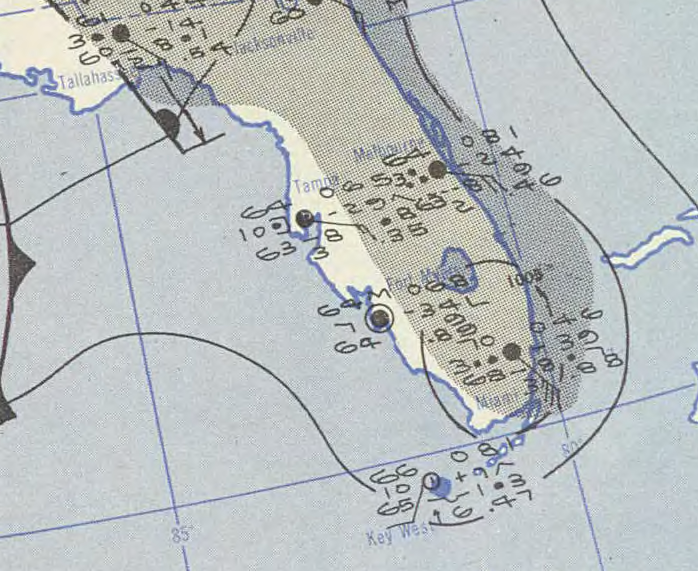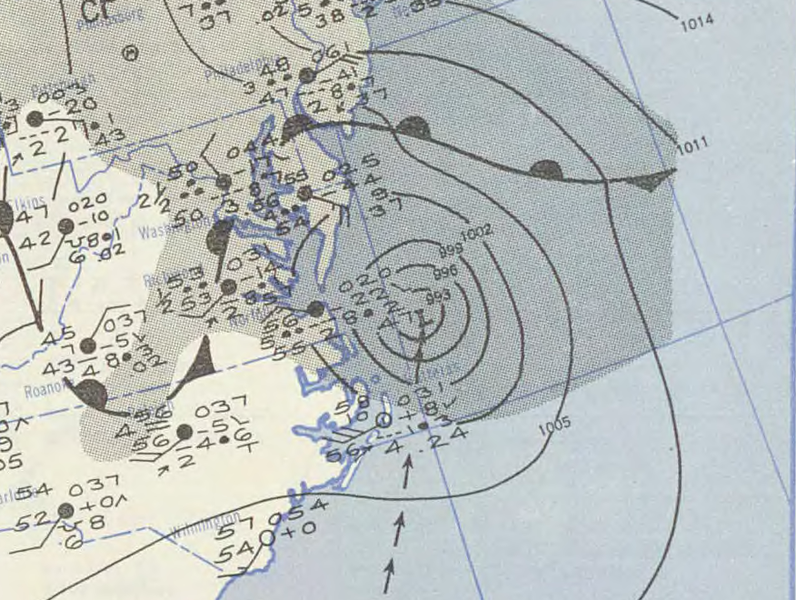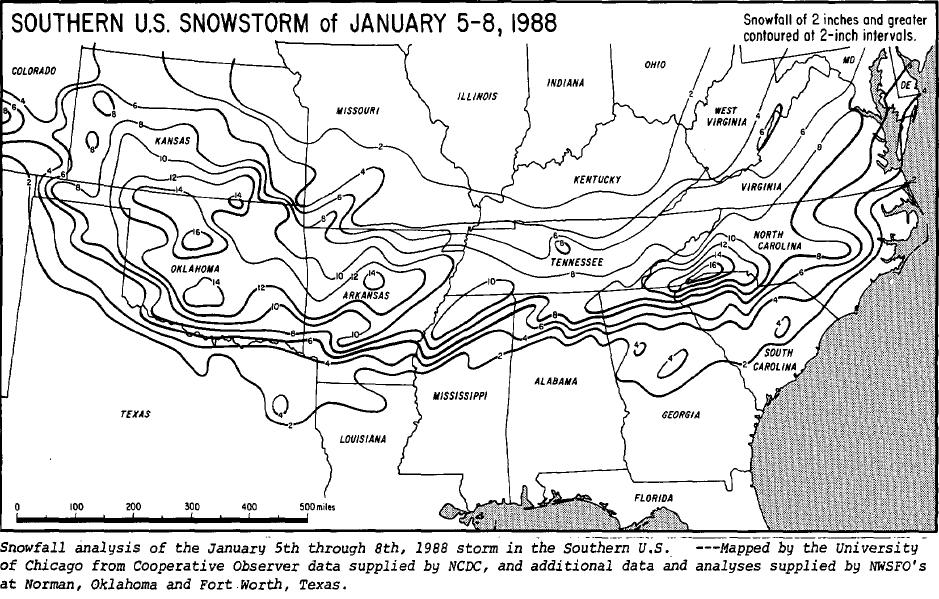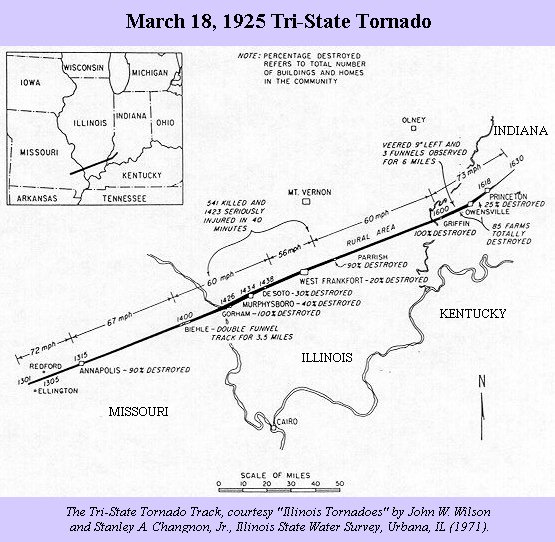02.06.11
Posted in Uncategorized at 8:00 am by Rebekah
My prediction for the Super Bowl today: Packers 24, Steelers 20. Go Pack Go. 🙂
With all the snow, ice, and cold weather affecting travelers going to the Super Bowl, I thought I’d see what I could find on NFL games (not just Super Bowls) that were played in extreme weather conditions.
First, a few stats about the Super Bowl (not including today), based on meteorologist Brian Neudorff’s weather blog:
- 17 of 44 bowls played indoors
- 16 of 44 bowls had a trace or more of rain nearby
- 2 bowls had snow on game day (1982, 2006)
- 1 bowl played during an ice storm (2000)
- Warmest high temperature: 82 °F (1973, 2003)
- Coldest high temperature for dome game: 16 °F (1982)
- Coldest high temperature for non-dome game: 49 °F (1985)
- Wettest Super Bowl: 0.92 inches (2007)
- Outside games with high wind gusts (1980, 1984, 1989, 2007)
And here is the NFL’s list of the “Top 10 weather games in NFL history” (the page has videos clips as well):
- Ice Bowl: Vince Lombardi’s Packers over Tom Landry’s Cowboys at Green Bay, in the 1967 NFL Championship Game (preceding Super Bowl II)…the temperature got to -15 °F and the wind chill to -48 °F (-36 °F under the 2001 scale), in the coldest NFL game (though not in terms of wind chill…see the Freezer Bowl)
- Tuck Rule Game: (Sometimes known as the “Snow Bowl” by Patriots’ fans) Patriots over the Raiders in the 2001 AFC Divisional Playoff Game…a controversial call came near the end of a game played during a heavy snow storm in Foxborough
- Fog Bowl: Bears over the Eagles during a surreal, heavy fog in Chicago, in the 1988 NFC Divisional Playoff Game
- Freezer Bowl: Bengals over the Chargers in Cincinnati, in the 1981 AFC Championship Game…the wind chill was -59 °F (- 37 °F under the 2001 scale) and the temperature was -9 °F…this was the first time the Bengals got to go to the Super Bowl
- 1975 AFC Championship Game: Steelers over the Raiders in Pittsburgh, with 20 mph winds, snow flurries, and a temperature of 16 °F
- 1948 NFL Championship Game: Eagles over the Chicago Cardinals in Philadelphia, with near blizzard conditions…the game’s only points came from Steve Van Buren’s touchdown in the 4th quarter, to give the Eagles their first title
- Snow Plow Game: Patriots over the Dolphins in a 1982 AFC East game in Foxborough…during a heavy snow storm, late in the 4th quarter, a small snow plow was used to clear a line from which a 33-yard field goal would be kicked…the snow plow unexpectedly veered left, clearing a good spot for the John Smith’s kick, which provided the only score in the game
- Sneakers Game: Giants over the Bears in New York, in the 1934 NFL Championship Game…freezing rain the night before made it difficult for players to run around on the field; one of the Giants’ players suggested changing to sneakers…in the 3rd quarter, with the Bears leading, the Giants switched their cleats for sneakers, and then went on to win the game
- 1979 Buccaneers vs. Chiefs Monsoon: Buccaneers over the Chiefs, 3-0, in Tampa Bay’s final home game of the 1979 season (and their first winning season)…torrential rain waterlogged the field, in one of the wettest NFL games
- Red Right 88: Raiders over the Browns in the 1980 AFC Divisional Playoff Game in Cleveland…the temperature was 4 °F, the wind chill was -36 °F, and the field was muddy…the game’s finish left a painful, if not memorable impression on Browns’ fans
Happy Super Bowl Sunday!
Permalink
02.04.11
Posted in Tropical Weather at 8:00 am by Rebekah

Groundhog Day, 1952: a rare tropical storm formed in the western Caribbean. The tropical cyclone quickly moved north-northwestward, and passed by Cancún before turning northeastward and tracking across the northwest coast of Cuba.
Early the next day, on February 3rd, the tropical storm struck Key West and then made landfall again near Cape Sable, in southern Florida. The Miami National Weather Service office reported a wind gust of 68 mph (110 kph) and a minimum pressure of 1004 mb. There was no serious damage or injuries, though some crops and power lines in southern Florida sustained some damage and 2 to 4 inches of rain fell along the storm’s path.
This tropical storm remains the only tropical cyclone to exist in the Atlantic in February in recorded history.

U.S. Weather Bureau (NWS predecessor) surface map on February 2, 1952
After the tropical storm went back to sea, it transitioned into an extratropical cyclone with maximum winds of 85 mph (140 kph) and waves up to 35 feet off the North Carolina coast on the 4th. The cyclone later moved past Cape Cod before coming ashore in Maine on the 5th. Damage included a freighter off the Outer Banks that washed ashore when water entered the fuel line and damaged the engine (the crew was all rescued by the Coast Guard), some downed power poles and tree limbs in the Northeast, and minor power outages.

U.S. Weather Bureau surface map on February 4, 1952
The tropical storm was very unusual, and it was initially left out of the official tropical cyclone database. Had it been included right away, the storm’s name would have been Tropical Storm Abel.
Source for much of the information and figures: Wikipedia
Permalink
01.07.11
Posted in Winter Weather at 8:00 am by Rebekah
From January 5 – 8, 1988, a winter storm dumped over a foot of snow and sleet across the southern United States. Over 3 million chickens were killed in Alabama, Georgia, and Texas, following the collapse of dozens of poultry houses due to the weight of snow and ice.

Snowfall totals from the Rockies to the mid-Atlantic coast. Most states affected received at least 8 inches of snow. Far northwestern South Carolina reported an unofficial snowfall total of 27 inches. Courtesy of NCDC/Storm Data. Click to enlarge.
Timeline
- Monday, January 4th: A cold front associated with a deep trough over the central and eastern U.S. brought well-below-average, sub-freezing temperatures deep into the Southeast
- Wednesday, January 6th: A new shortwave trough developed and tracked over the Southern Plains, inducing the formation of a weak surface low just off the Texas Coast…snow was already falling in Oklahoma, and began to fall in far northern Mississippi and Alabama and southern Tennessee
- Thursday, January 7th: The surface low set up near Mobile, Alabama, allowing slightly warmer air to advance northward…this resulted in precipitation changing to sleet and freezing rain…later in the evening, much of the precipitation turned back to snow
- Friday, January 8th: Snow tapered off in the Southeast, although strong winds continued to cause significant snow drifts…meanwhile, the surface low strengthened along the East Coast and brought snow to the mid-Atlantic states and New England
Aftermath
Sub-freezing temperatures continued even after the storm had passed, allowing snow and ice to remain on the ground for several days.
Many schools were closed for the week and roads were closed for days throughout much of the Tennessee River Valley. Many flights in the areas affected were delayed or canceled during the storm. Some power outages lasted for several days in the southern states more affected by the ice.
About 60 people died as a result of the snow and cold this week.
Governor Guy Hunt declared a state of emergency for northern Alabama, after about 2 million chickens were killed due to the collapse of their shelters, resulting in over $15 million of damage. Over half a million chickens also perished in eastern Texas, and another half a million died in northern Georgia.
Sources: NWS Huntsville January 1988 Winter Storm; Winter storm across the nation (Ocala Star-Banner); Dead chickens called public health threat (The Tuscaloosa News); Storm may boost poultry prices (The Dallas Morning News).
Permalink
03.18.10
Posted in Uncategorized at 2:50 pm by Rebekah

March 18, 1925.
85 years ago today, a large tornado tore through Missouri, Illinois, and Indiana, killing 695 people over 3.5 hours on its 219-mile path.
Over 15,000 homes were destroyed by the F5 tornado, and total damage was estimated at $16.5 million (about $1.5 billion today).
Little was known about tornadoes in 1925, let alone weather forecasting. There was no tornado warning system, so people in the path of the tornado would not know what was coming (unless, perhaps, they were very far along the path and somehow heard about it coming their way). The Tri-State Tornado was not the only tornado on this day; several other tornadoes were reported in the region, bringing the total death toll to some 750 or more, and leaving over 2000 people injured.
Tornado prediction is still far from perfect, but has come a long way since 1925. Tornado warnings may now be issued at an average of 15-20 minutes before tornado formation. Tornadoes such as the Tri-State Tornado, although tragic, do assist in advancing our knowledge of tornadoes and tornado prediction, so we can hopefully help more people next time. If a similar tornado were to occur today, the death toll and perhaps amount of damage would be a lot lower.
However, let us not forget those who lost their lives to this monster tornado.
For more information, check out the Wikipedia article on the Tri-State Tornado, including the references list at the bottom of the page.
Permalink




